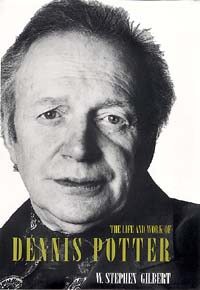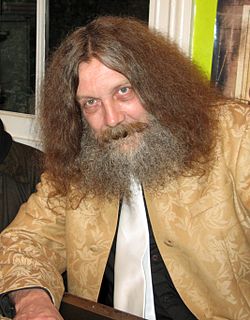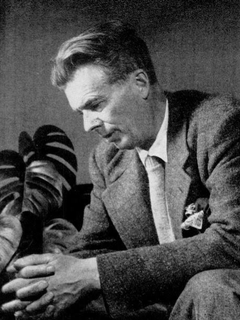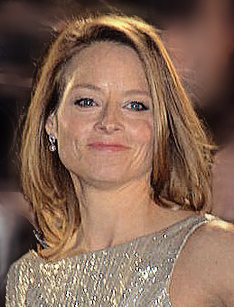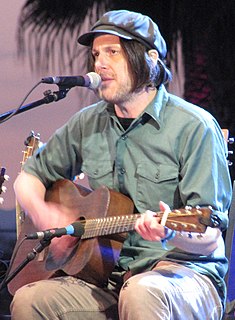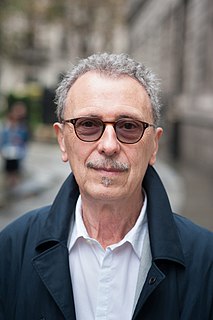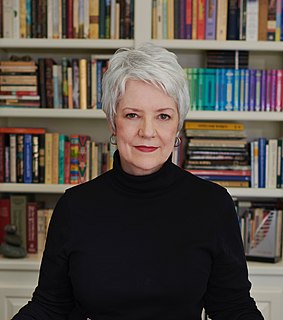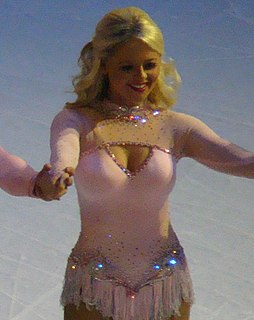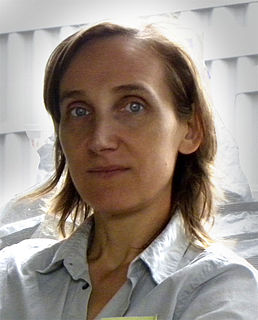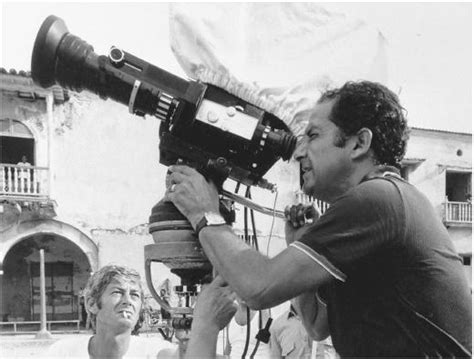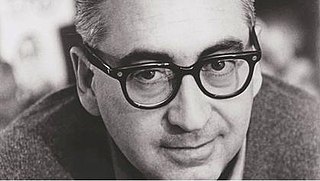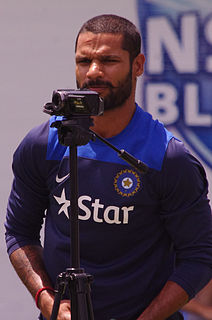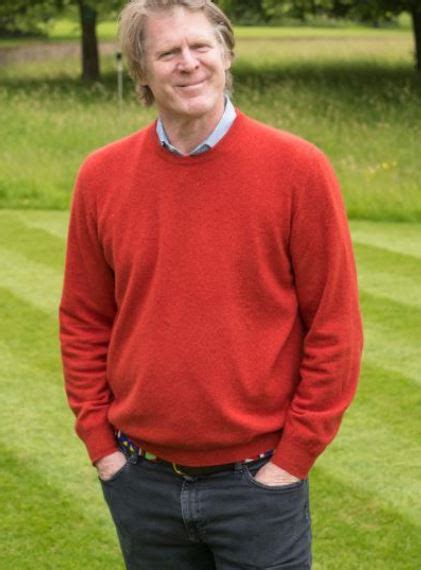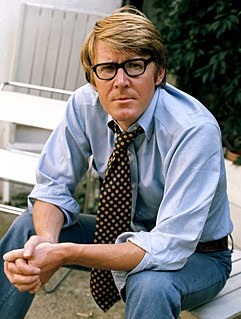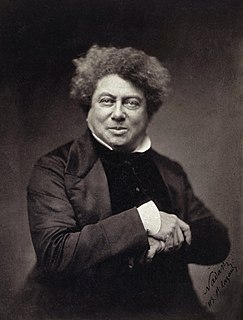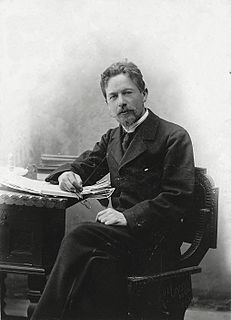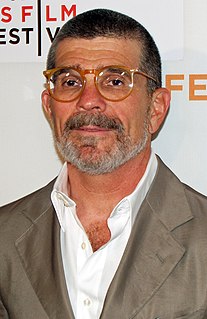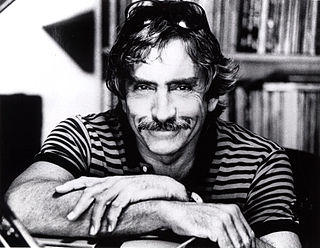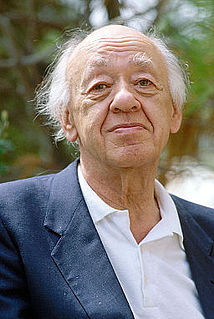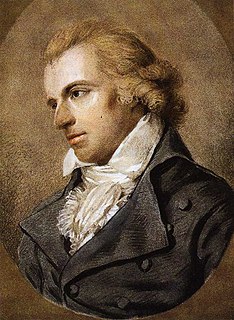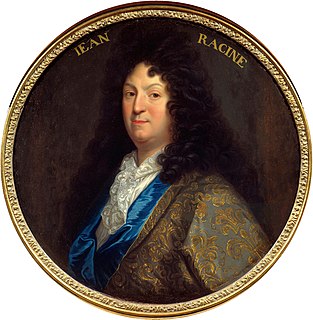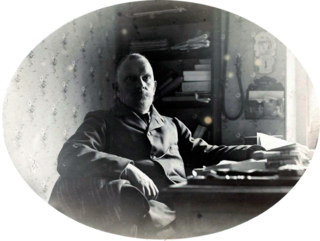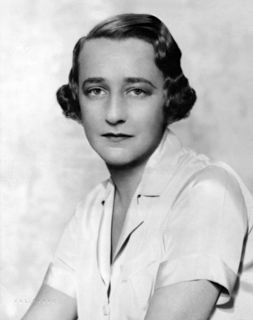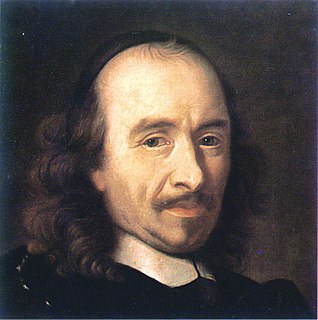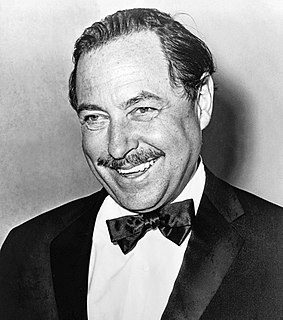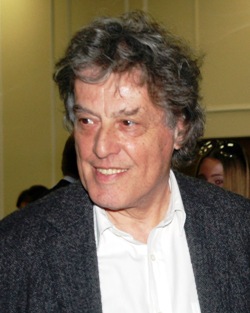A Quote by Dennis Potter
Some of the words and symbols and images from childhood will continually be part and parcel of my personality.
Quote Topics
Related Quotes
What I am trying to do when I use symbols is to awaken in your unconscious some reaction. I am very conscious of what I am using because symbols can be very dangerous. When we use normal language we can defend ourselves because our society is a linguistic society, a semantic society. But when you start to speak, not with words, but only with images, the people cannot defend themselves.
Brand-image campaigns establish contact with the subconscious of the consumer below the word level. They do this with visual symbols instead of words, Mr. Martineau says, because the visual symbols are far more significant. They communicate faster. They are more direct. There is no work, no mental effort. Their sole purpose is to create images and moods.
That’s what the human brain is there for—to turn the chaos of given experience into a set of manageable symbols. Sometimes the symbols correspond fairly closely to some of the aspects of the external reality behind our experience; then you have science and common sense. Sometimes, on the contrary, the symbols have almost no connection with external reality; then you have paranoia and delirium. More often there’s a mixture, part realistic and part fantastic; that’s religion.
I don't really think I have the personality. I am not very external. I don't want to dance on the table and do impressions. So I think that the way I approach it is really loving story. That's my first love - the words. The words and the story and how to create images. I guess I come at that as a director. I think that's much more in my personality to be a director, so that's kind of informed my acting.
Typically there are little fragments of specific words and images swimming around in my mind, and then at some point, I'll sit down with the guitar and everything will fall into place. It's like your brain is a drain with a bunch of words and images dropping into it, swirling around. The drain is stopped up, but you can feel these things dropping into it. Then at some point, someone comes along and pulls the plug out of the drain and everything comes together in the song.
First of all, directing is an idea that you have of a total flow of images that are going on, which are incidentally actors, words, and objects in space. It's an idea you have of yourself, like the idea you have of your own personality which finds its best representation in the world in terms of specific flows of imaginary images. That's what directing is.
I began as a graphic designer. As part of my work, I created film symbols for ad campaigns. I happened to be working on the symbols for Otto Preminger's 'Carmen Jones' and 'The Man With The Golden Arm' and at some point, Otto and I just looked at each other and said, 'Why not make it move?' It was as simple as that.
